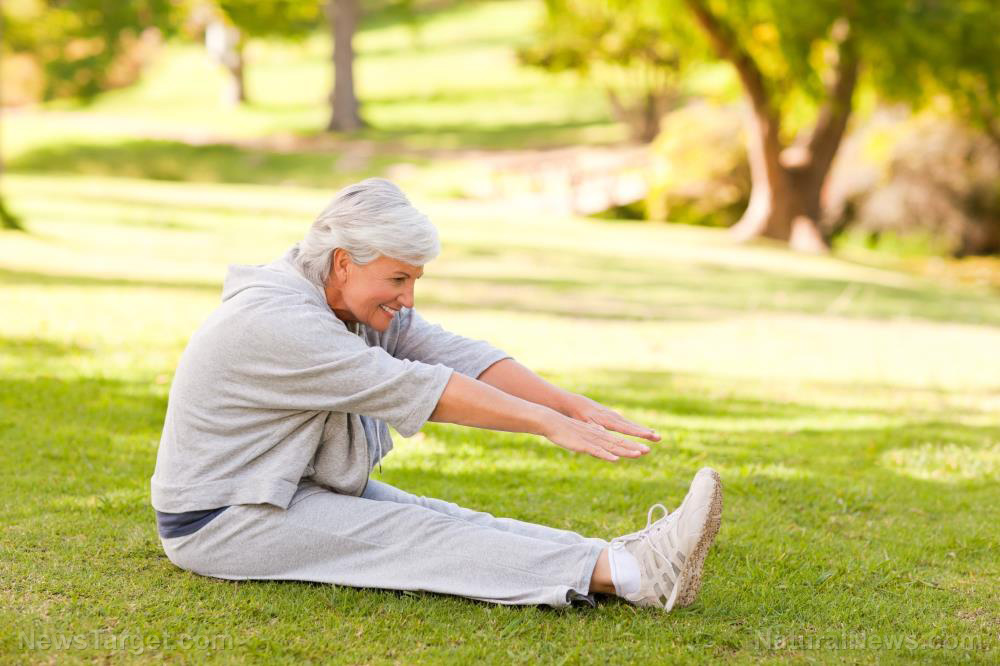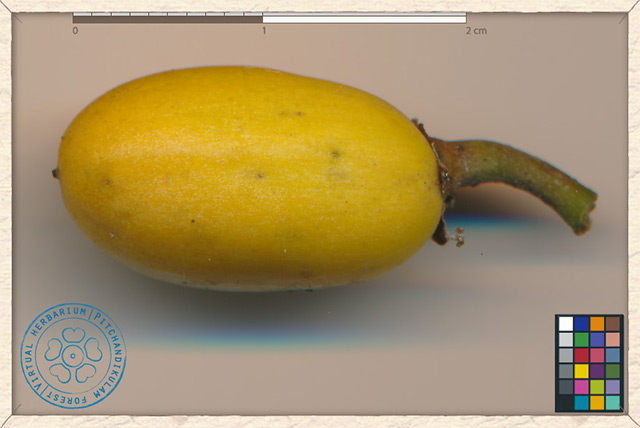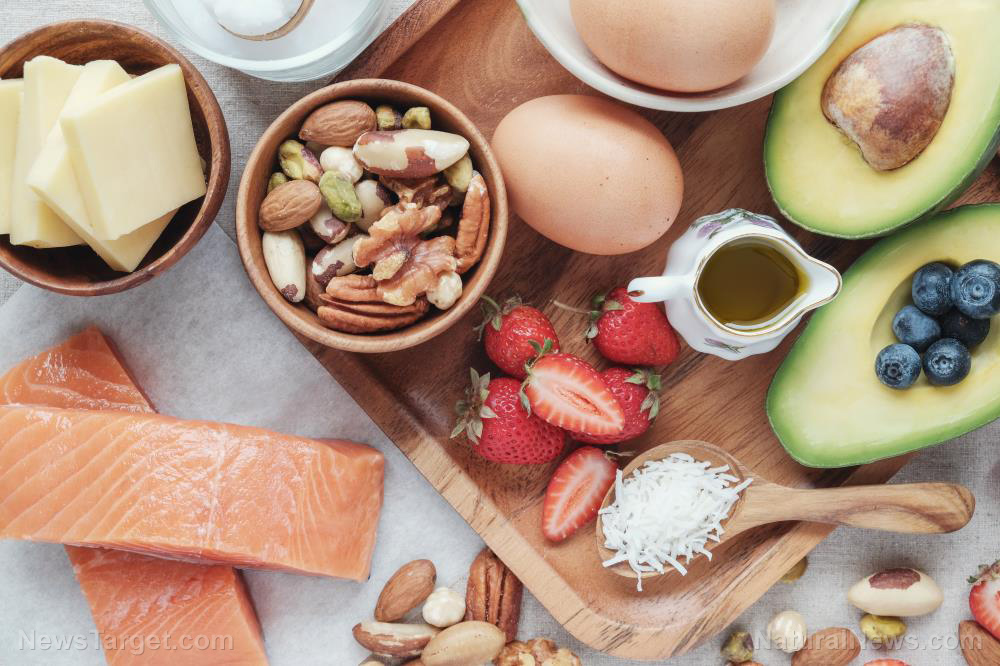Common arthritis drug blocks the body’s ability to burn belly fat, INCREASING fat storage
05/13/2019 / By Edsel Cook

Researchers can now explain how physical exercise reduces belly fat. According to them, exercise causes the release of interleukin-6, a signaling molecule that contributes to the elimination of visceral abdominal fat.
In a recent study published in the journal Cell Metabolism, a team of researchers from the University of Copenhagen (UCPH) demonstrated that obese adults could lose visceral abdominal fat after a 12-week-long regimen involving bicycle exercise. However, when participants took the pharmaceutical drug tocilizumab, they did not lose abdominal fat. Additionally, they displayed increased cholesterol levels regardless of their physical activity.
Tocilizumab is an anti-inflammatory drug that is used to alleviate the symptoms of rheumatoid arthritis. It also blocks interleukin-6 signaling.
“The take home for the general audience is ‘do exercise,'” explains Anne-Sophie Wedell-Neergaard, the first author of the study. “We all know that exercise promotes better health, and now we also know that regular exercise training reduces abdominal fat mass and thereby potentially also the risk of developing cardio-metabolic diseases.” (Related: Belly fat may be an indicator of vitamin D deficiency.)
Physical exercise burns belly fat, but only in the presence of interleukin-6
Belly fat is linked to all kinds of conditions that could lead to early death. While physical activity can reduce the visceral fat that envelops internal organs, researchers were initially unsure how exercise decreases abdominal fat.
Wedell-Neergaard and her coauthor Helga Ellingsgaard theorized that interleukin-6 plays a big part in this fat reduction process. Interleukin-6 regulates energy metabolism and stimulates the breakdown of fats in healthy individuals. Furthermore, interleukin-6 is released from skeletal muscle during exercise.
Mother Nature's micronutrient secret: Organic Broccoli Sprout Capsules now available, delivering 280mg of high-density nutrition, including the extraordinary "sulforaphane" and "glucosinolate" nutrients found only in cruciferous healing foods. Every lot laboratory tested. See availability here.
The researchers put their idea to the test in an experiment that lasted for three months. They randomly assigned obese adults to four groups and gave them intravenous infusions of either a placebo (saline) or tocilizumab every four weeks.
Some of the participants were asked not to perform any physical exercise while others were tasked to exercise with bikes several times a week. At the start and at the end of the experiment, the researchers evaluated the participants’ visceral fat tissue mass.
Those who received the placebo and exercised lost an average of 225 grams of visceral fat tissue mass. However, this reduction in visceral fat did not occur in patients who received tocilizumab.
Even in the exercise groups, participants who received tocilizumab gained (instead of lost) around 278 grams of visceral fat tissue. This was more than the amount lost by the participants in the placebo group. Furthermore, tocilizumab raised the total cholesterol and bad cholesterol of the participants in the exercise and non-exercise groups.
These findings confirmed that interleukin-6 plays a critical role in the reduction of abdominal fat that results from regular exercise.
What’s next for interleukin-6?
The researchers stressed that their study was purely exploratory. It was not a clinical evaluation of either tocilizumab or physical exercise therapy.
They also noted that interleukin-6 could either be pro-inflammatory or anti-inflammatory, depending on physiological conditions. Patients suffering from cardiovascular disease, obesity, and Type 2 diabetes all display chronic elevations in interleukin-6. This double-nature of interleukin-6 complicates things.
For their future experiment, Wedell-Neergaard and her colleagues are planning to discover if interleukin-6 can influence the body’s choice of fuel. They want to know if interleukin-6 affects the choice between carbohydrates or fats as energy sources. They also want to find out if increasing the amount of interleukin-6 can decrease visceral fat tissue mass without the need for physical exercise.
So while interleukin-6 presents a promising new avenue for controlling fat accumulation and obesity, people will still have to wait and stick to exercising until the mechanisms behind interleukin-6’s activity are fully explained.
Read Slender.news for more coverage of weight loss strategies.
Sources include:
Tagged Under: abdominal fat, alternative medicine, anti-inflammatory, anti-obesity, carbohydrates, cardiovascular disease, cholesterol, diabetes, disease treatments, energy metabolism, energy source, exercise, fat accumulation, fat reduction, fightobesity, interleukin 6, medical science, metabolism, natural cures, natural medicine, obesity, obesity solution, physical exercise, physiology, prevention, research, tocilizumab, visceral fat, weight loss



















